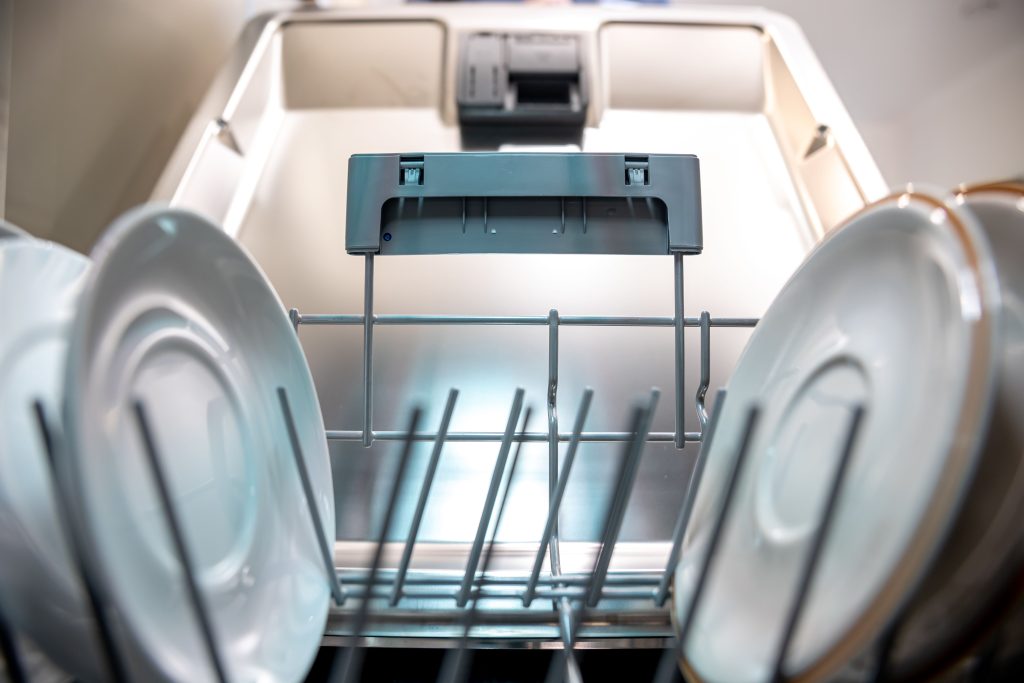
No one in their right mind wants to hand-wash dishes in a high-volume kitchen. You’ve got orders flying, pans stacking up, staff in a spin — there’s no time for suds and sponges. That’s why commercial dishwasher installation isn’t just some optional upgrade; it’s a lifeline. If you’re setting up a kitchen from scratch or swapping out a tired old unit, listen up — this part matters.
I’ve done enough setups to tell you: it’s not overly complicated, but it can get ugly fast if you don’t do it right.
Find the Right Spot
Don’t wing it. You can’t just shove the machine into a corner and call it a day. It needs to be in a good spot — close to everything it depends on:
- Water connections (hot is non-negotiable)
- Drain access
- Electrical that won’t blow up the moment it’s turned on
With installing undercounter dishwasher units, space gets tricky. Check the specs — height, airflow, access. Some folks realize too late their fancy unit doesn’t even fit.
Still hunting for gear? Take a minute and scroll through this solid selection of commercial dishwashing equipment. Saves you from buying something you’ll regret.
What You Gotta Check First
Before you touch a wrench, do yourself a favor and run through this basic pre-flight:
- Make sure the floor is even — nobody wants a wobbly machine
- Power points match the dishwasher’s needs
- Pipes are where they should be, not behind six locked doors
It’s the stuff everyone forgets, and then wonders why installation turns into a four-hour disaster. I’ve seen it too many times.
How You Actually Install a Commercial Dishwasher
Here’s where we get into it. You don’t need an engineering degree, but you do need to follow a few crucial steps. Mess this up and you’ll have leaks, electrical issues — or worse, downtime.
Step 1: Hook Up the Water
You want hot water, and not just warm — it needs to hit around 120°F. Connect the supply line to the inlet valve, tighten it properly, and always double-check for leaks. Don’t rely on luck.
Step 2: Wire It Properly
Some units plug into regular outlets. Others? You’re looking at hardwiring. If you’re not 100% sure what you’re doing, get an electrician involved. Water and power don’t play nice when mishandled.
Step 3: Sort Out the Drain
A proper drain setup is everything. Hook the hose up to the plumbing using the fittings the manual tells you to use — not the ones lying around in your toolbox. Avoid shortcuts. Trust me.
Do You Really Need an Air Gap?
Yes. Yes, you do.
People try to skip this, thinking it’s just a “nice-to-have.” It’s not. An air gap keeps gross, used water from flowing back into your freshly cleaned dishes. Most health codes demand it — and for good reason.
If your dishwasher didn’t come with one, you can add a high loop or an external air gap. I’d never install a unit without it; too many horror stories from kitchens that ignored this tiny but vital piece.
Final Checks Before You Hit Start
Run a test cycle with no dishes. Watch everything. Hear anything weird? See any puddles? Fix it now, not mid-service on a Saturday night.
Check:
- All seals and gaskets
- Water temperature
- Drain speed
- Power stability
The machine should run smooth, quiet, and fast. If it’s stuttering or acting odd—something’s off.
Wrap It Up
Getting a commercial dishwasher setup done right isn’t just about ticking boxes. It’s about knowing the flow of your kitchen, understanding the pressure of peak hours, and setting up systems that won’t break when the heat’s on.
So yeah — install a commercial dishwasher the right way, and you’ll wonder how you ever survived without it.